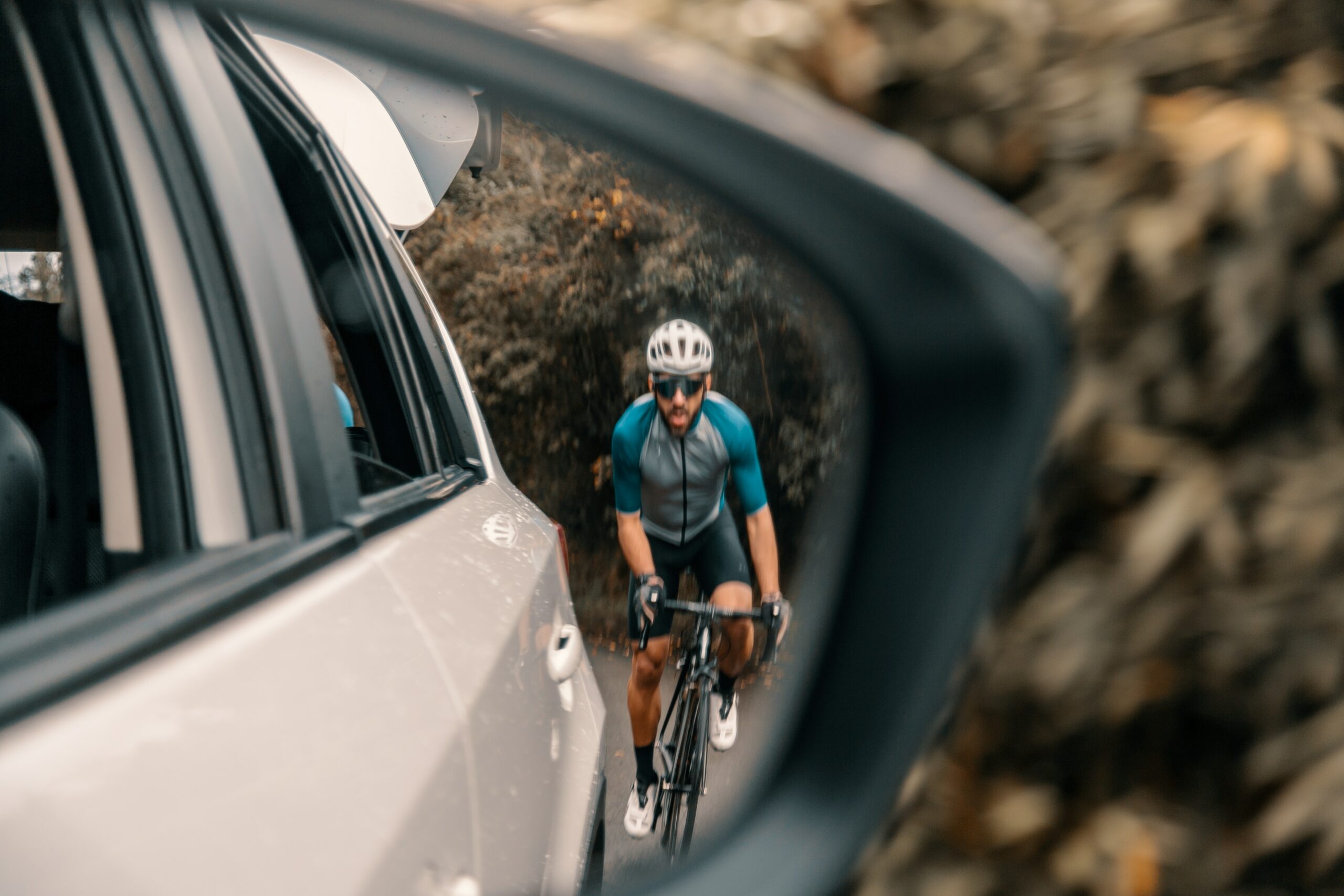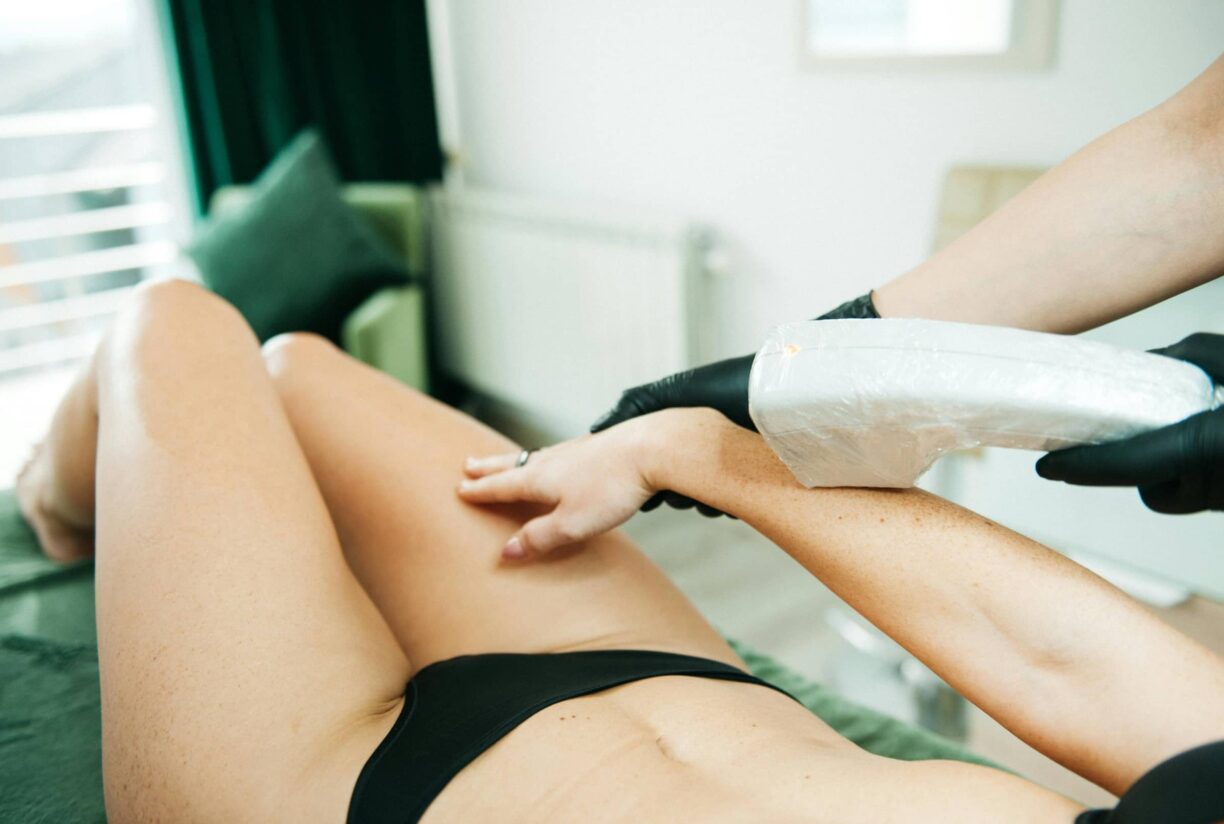Cycling is an environmentally friendly and healthy method of transport, and it can be the ideal way to commute to work. Unfortunately, it lacks the same protection as cars and other vehicles, which means you have to take extra precautions to stay safe and avoid injury.
If you’re concerned about how to stay safe on the road while cycling, we’ve listed some key points that you should be aware of.
Follow the Highway Code & adopt safe riding positions
Every road user should own a copy of the Highway Code. This handbook not only informs you about the latest rules for all types of vehicles, but it also offers key suggestions for how to remain safe.
For instance, it offers recommended riding positions, such as riding in the centre of your lane when on narrow roads. This can help make you more visible to drivers on either side of the road, and can encourage them to drive safely around you.
Another suggestion is to stay away from parked cars, where possible. That’s because they can obstruct your visibility or hide you from other vehicles. If a car can’t see you, they might believe it’s safe to move out and cause a collision.
Wear visible & protective gear
One of the biggest dangers of being on a bike is getting knocked off and hitting your head. To limit this as much as possible, it’s vital you wear high-visibility clothing and protective gear, especially on your head. You should also make sure your bike is equipped with front and rear lights, as required by UK law.
If you own any clothing with reflective strips, they should be your outfit of choice. Alternatively, you might wish to buy reflective ankle bands, as these can be worn over your clothes and provide a similar effect.
If cycling at night, you should always remember to avoid wearing grey or other dark colours, as this can make you much harder to spot.
Know what to do after a crash
In the unfortunate circumstance that you are in an accident, you should be aware of what to do. First, you should check yourself for injuries, including any cuts, scrapes, and impacts. If you’ve hit your head, even with a helmet, you could have a concussion.
If possible, document the scene, including the position of vehicles and any damage caused. You should also try to preserve evidence, as this can prove crucial when trying to establish fault.
If you decide to seek help with a cycle accident claim, having damages already recorded and prepared can help significantly.
Use cycle paths and alternative routes
In recent years, many UK councils have put greater priority on reducing speed limits and providing safer routes for cyclists.
These new safety measures offer a significantly reduced risk to the more vulnerable road users, especially when a cycle-only path is available. We strongly advise you to use these routes where possible.





